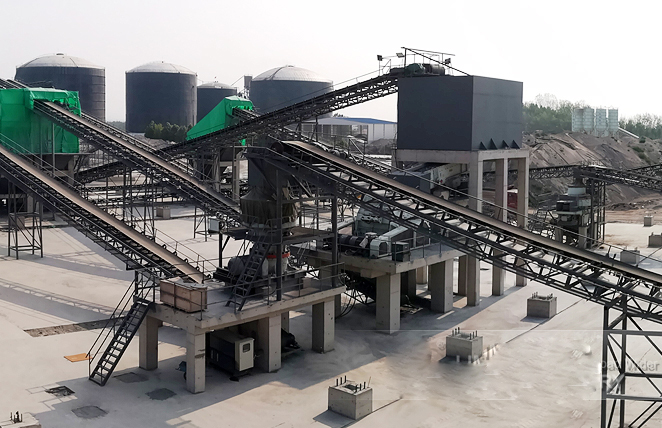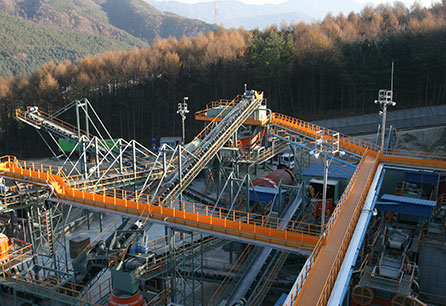The uranium milling process is a key step in the nuclear fuel cycle, where mined uranium ore is processed into yellowcake (U₃O₈), a concentrated form of uranium suitable for further refinement. Here’s a detailed breakdown of the process:
1. Crushing & Grinding
– Uranium ore (typically containing 0.05–0.3% U₃O₈) is crushed and ground into fine particles to increase surface area for chemical leaching.
2. Leaching
– The ore is mixed with a leaching agent to dissolve uranium:
– Acid Leaching (Most Common): Uses sulfuric acid (H₂SO₄) to dissolve uranium as uranyl sulfate (UO₂SO₄).
– Reaction:
\[
UO_2 + H_2SO_4 + 1/2 O_2 \rightarrow UO_2SO_4 + H_2O
\]
– Alkaline Leaching: Used for carbonate-rich ores, employing sodium carbonate (Na₂CO₃) and oxygen.
– Reaction:
\[
UO_2 + 3 Na_2CO_3 + H_2O + 1/2 O_2 \rightarrow Na_4[UO_2(CO_3)_3] + 2 NaOH
\]
 3. Solid-Liquid Separation
3. Solid-Liquid Separation
– The leached slurry undergoes filtration or settling to separate uranium-rich liquid from waste solids (tailings).
4. Purification & Concentration
– Ion Exchange or Solvent Extraction (SX) removes impurities:
– Solvent Extraction: Uranyl sulfate solution is mixed with an organic solvent (e.g., amine extractants), selectively binding uranium.
– Stripping with ammonium sulfate or chloride recovers purified uranium.
 5. Precipitation
5. Precipitation
– Uranium is precipitated from solution as yellowcake (ammonium diuranate [(NH₄)₂U₂O₇] or magnesium diuranate [MgU₂O₇]).
– Drying and calcination convert it to U₃O₈, the final product (~80% uranium by weight).
6. Tailings Management
– Waste solids (mill tailings) contain residual radionuclides (e.g., radium, thorium) and are stored in engineered facilities





Leave a Reply